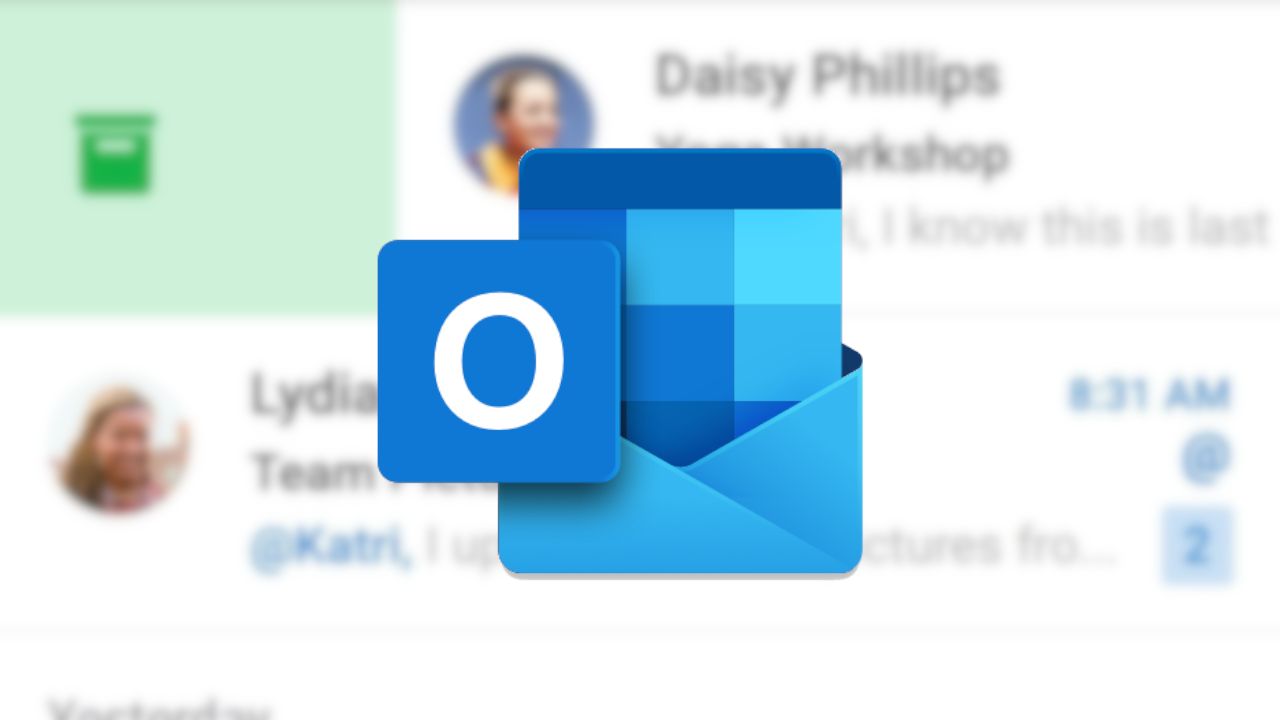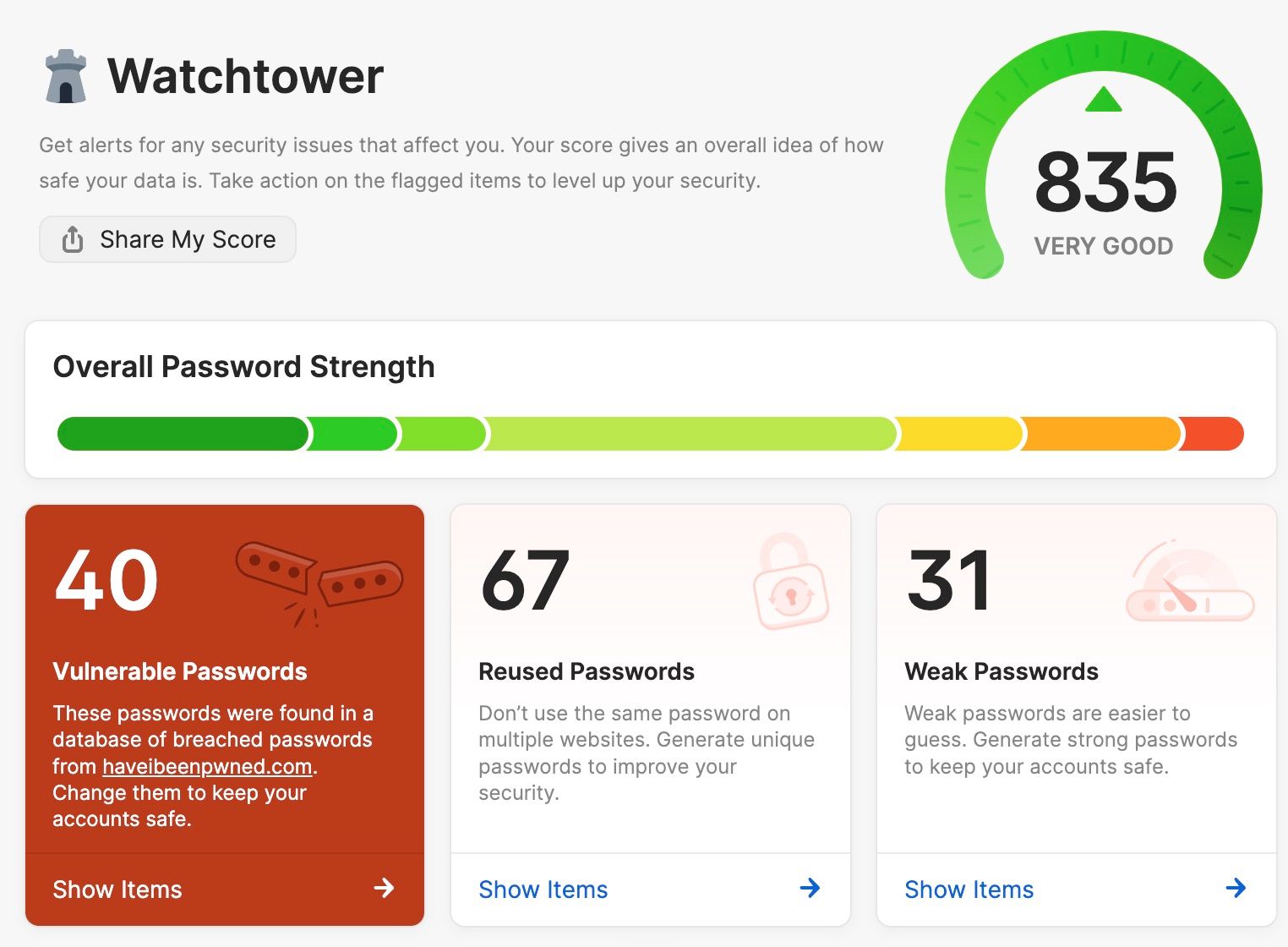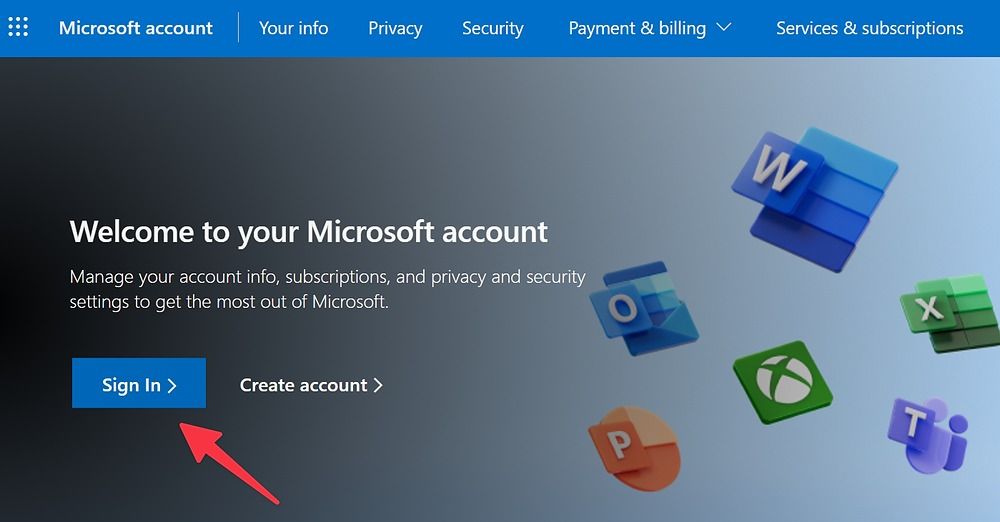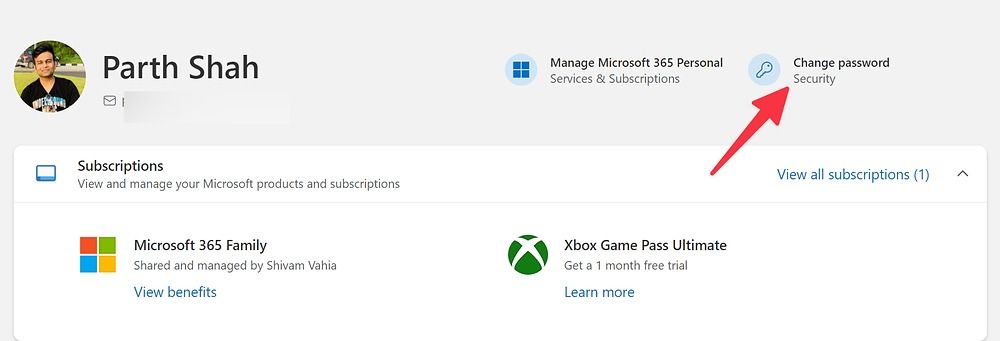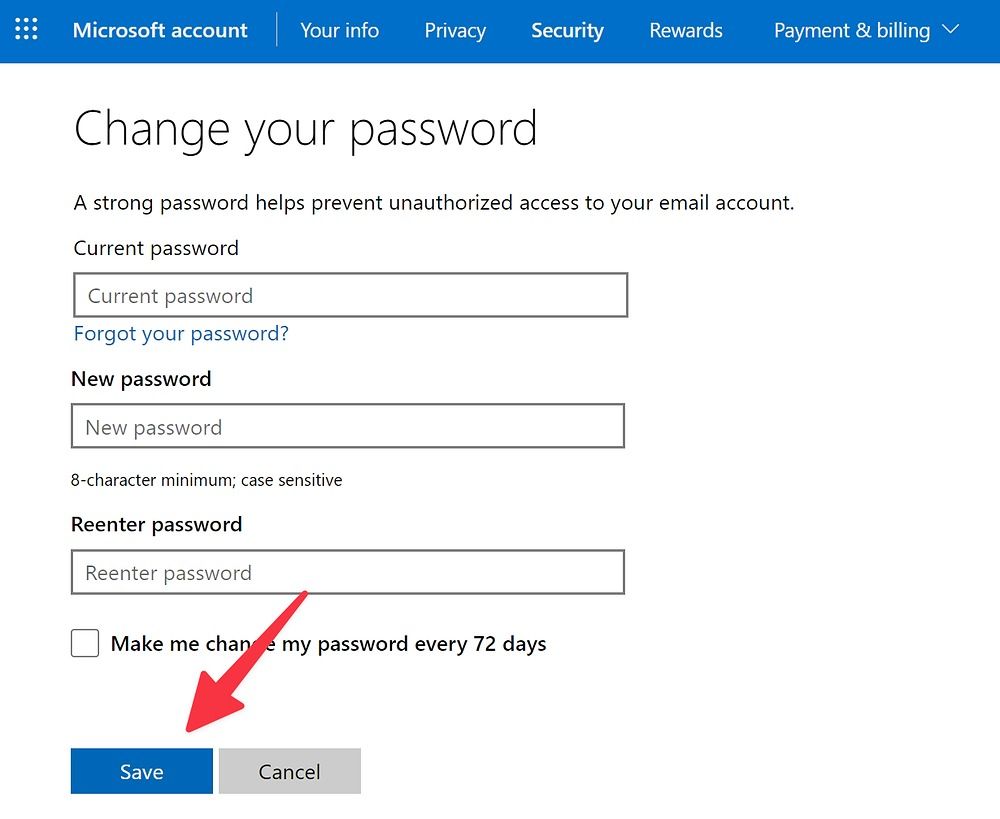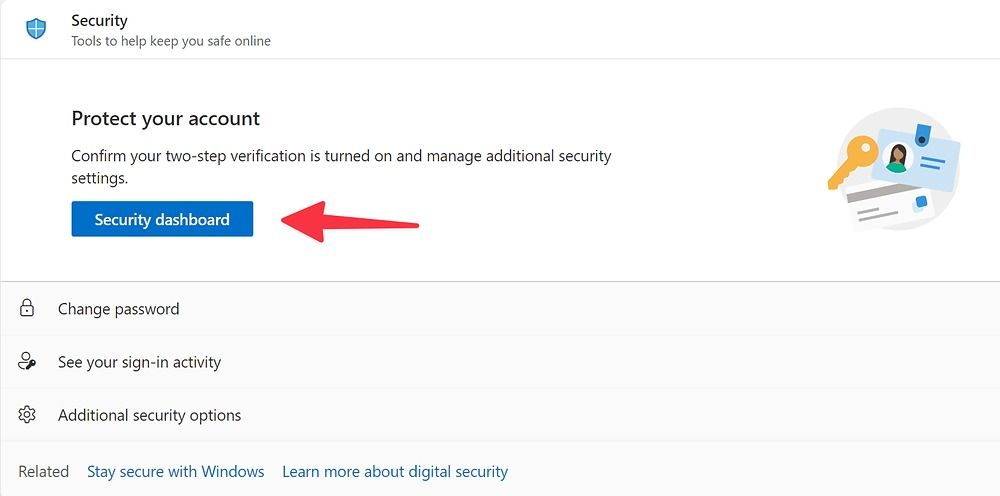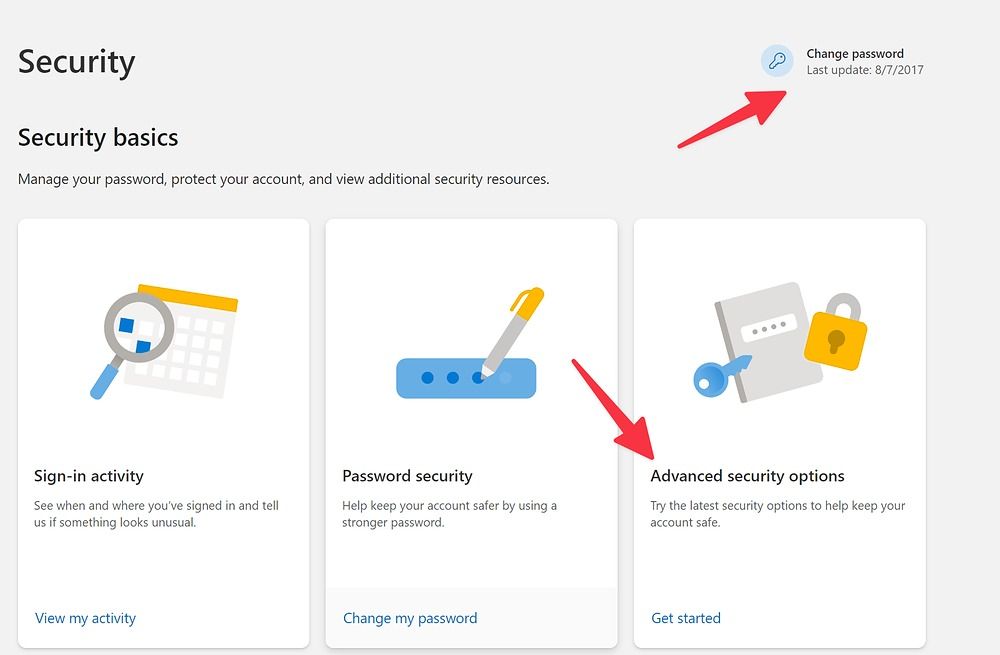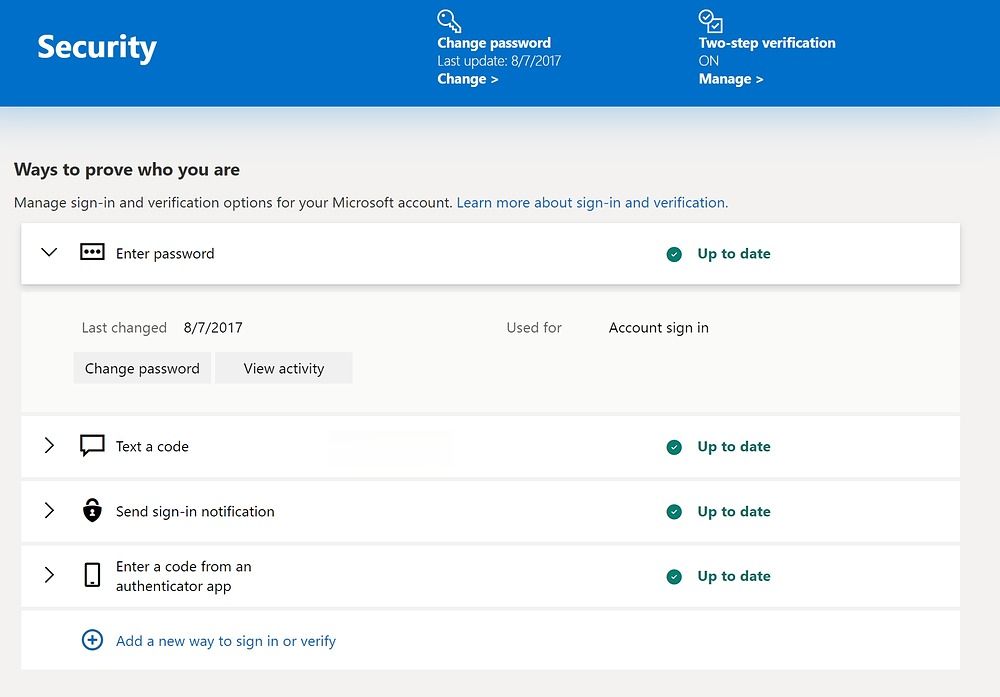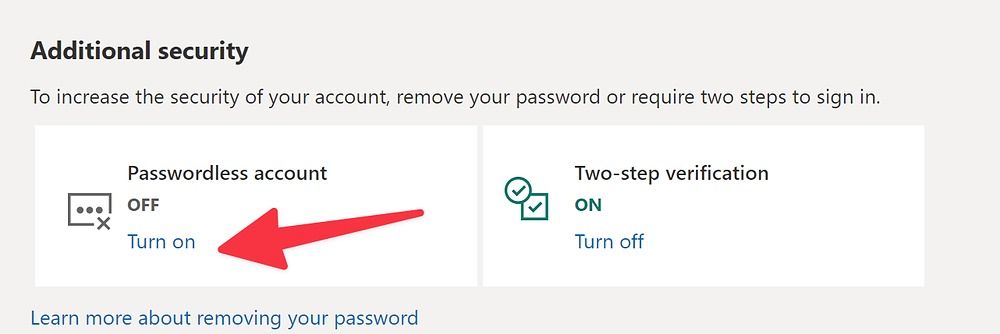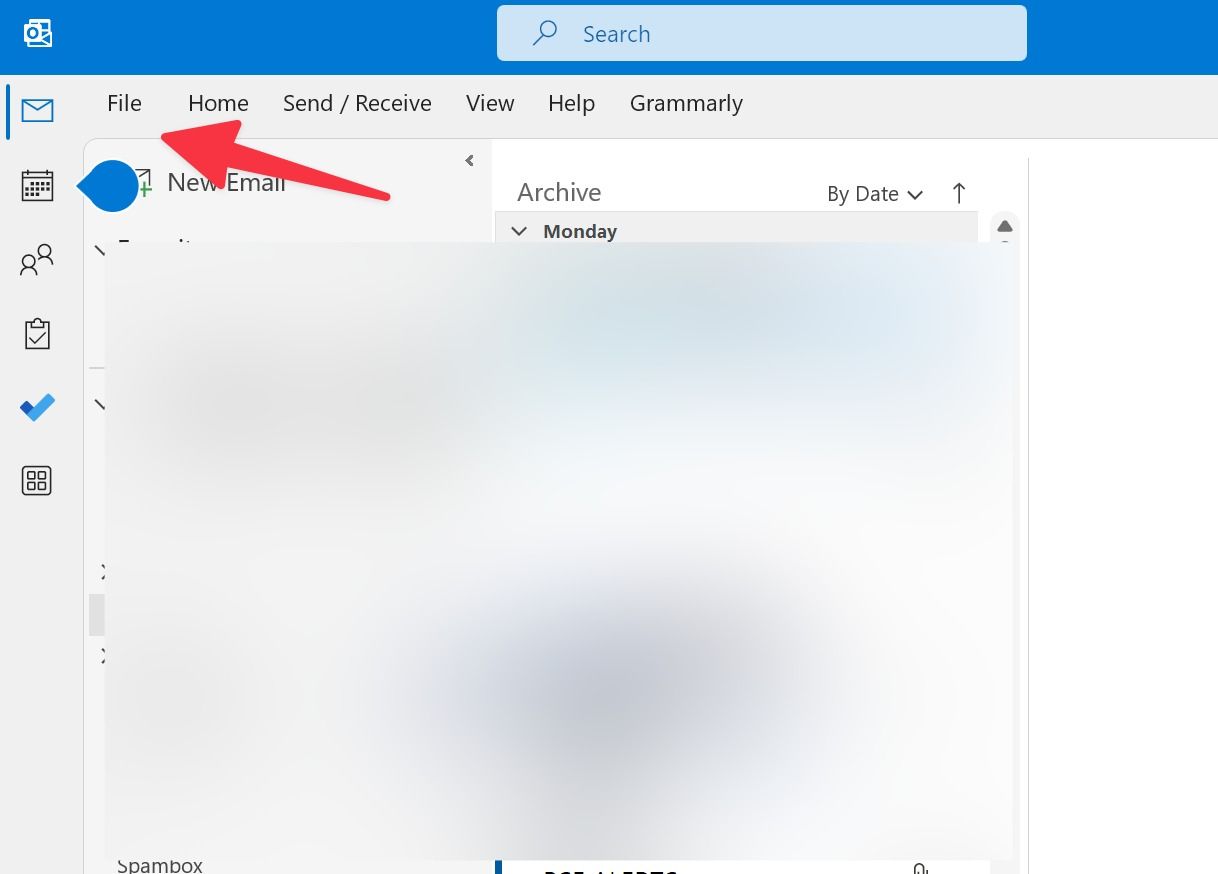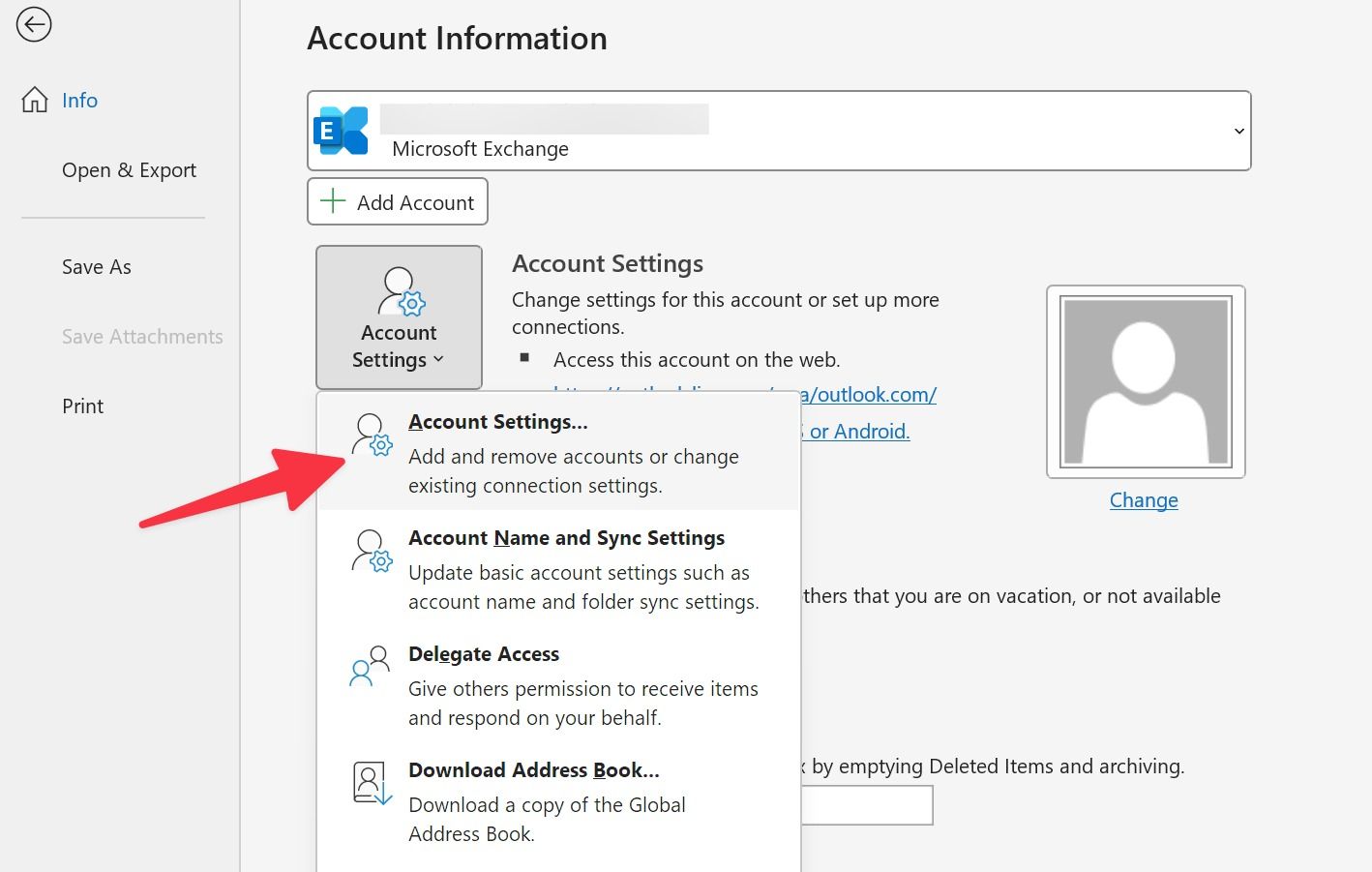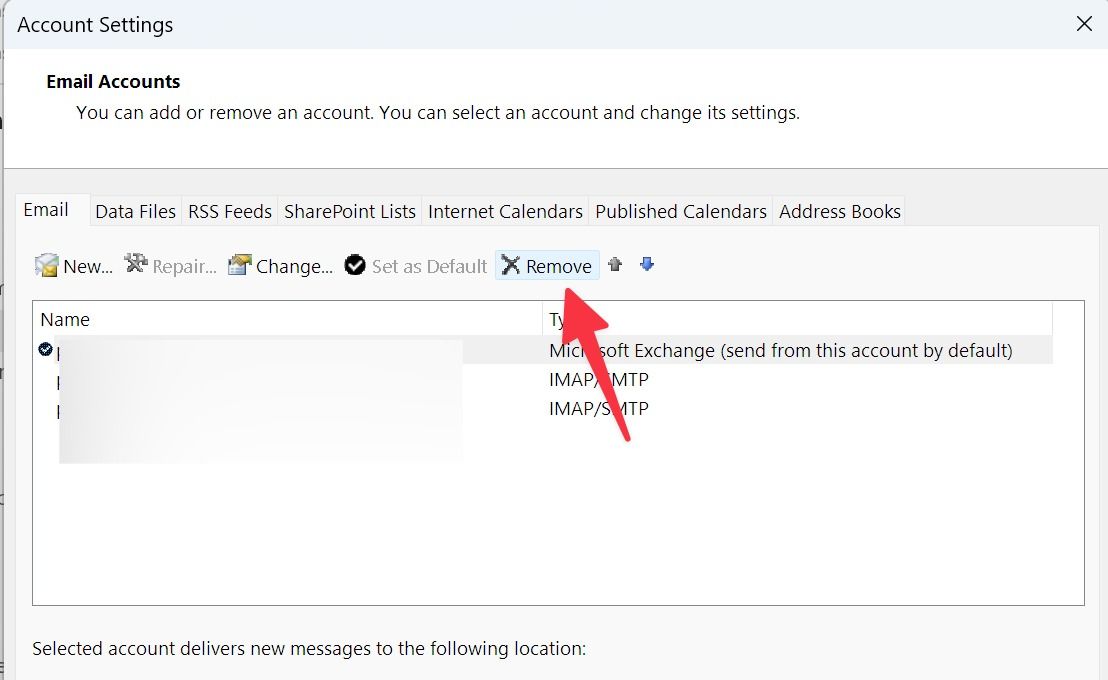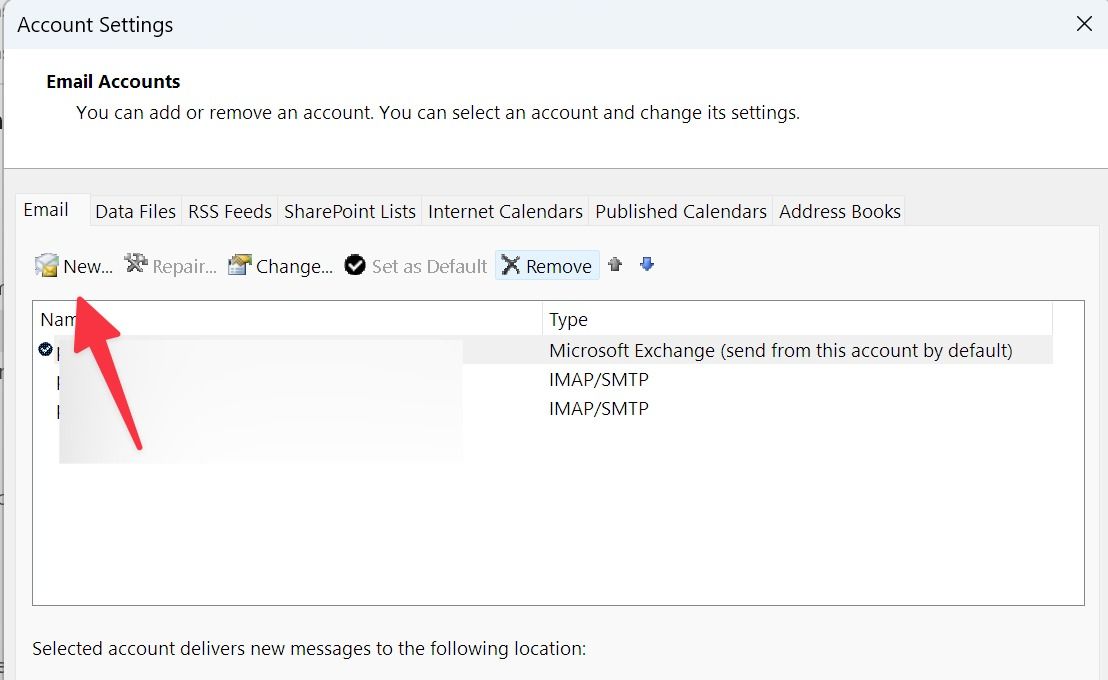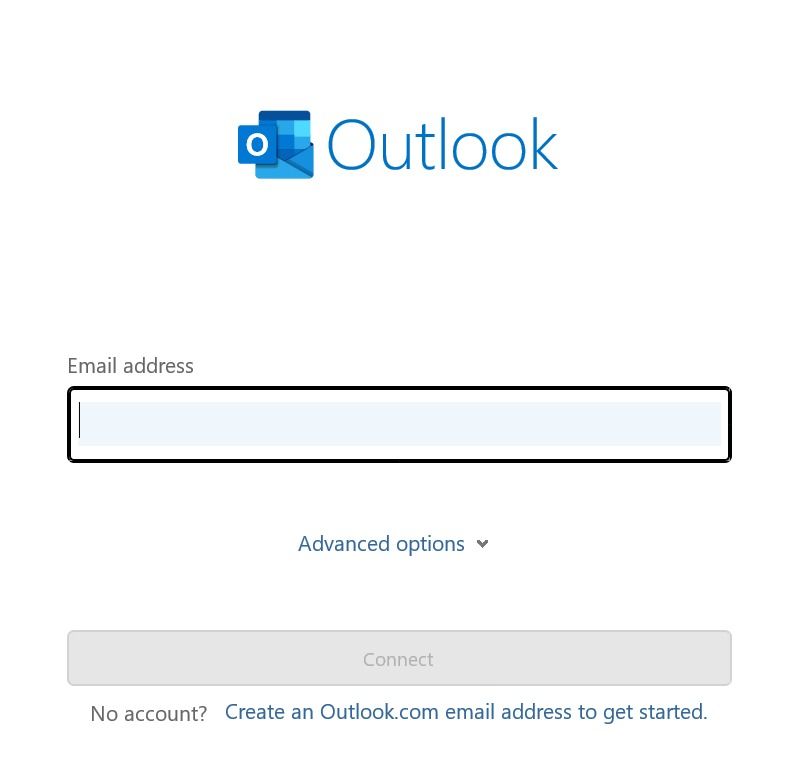Microsoft Outlook is an email app used by businesses and people around the globe. It's included in Microsoft 365, Google Workplace's main competitor. Like most email services, Outlook is password-protected. While Microsoft doesn't make it mandatory to change your account password periodically, consider updating it at regular intervals for security purposes. You can access your Microsoft account on Windows, Mac, or top Chromebook and change the Outlook email password.
When should you change your Outlook password?
Data theft has become the norm these days. To secure your information, periodically change your email, social media, and online banking passwords. Top password managers like 1Password have features like Watchtower to alert you if your passwords were found in a database of breached passwords. The function also warns you when using reused or weak passwords.
You expose yourself to potential data theft when you use an easily guessable password like your parent's name, birthday, or spouse's name. While living a paper-free life may sound convenient, don't write your passwords on a sticky note or store them in your office computer. Anyone with access to your laptop can view the Outlook login credentials and mess up your account. Change your Outlook password when you run into the following instances:
- You think someone hacked or gained access to your Outlook account. You should receive an email when someone tries to access your Outlook account on a new phone or location.
- An Outlook email provider sends you an unidentified password reset link.
- You forgot your Outlook email account password.
- Your Outlook password shows up in one of the security data breaches.
- Your preferred password manager suggests changing your weak and easily guessable Outlook password to a new one.
Change your Outlook password using a desktop browser
You can use Microsoft Outlook on the web to change the Outlook password. Let's check it in action.
-
Visit your Microsoft account on the web. Sign in with your account details.
-
Select Change password at the top. You can access the same from the Security menu.
- Since you are accessing sensitive information for your account, you must authenticate your account again.
-
Enter the current password, type the new password, and confirm it. You can also place a checkmark beside Make me change my password every 72 days to update your security information periodically. Click Save.
Explore Microsoft's advanced security options to protect your account from unauthorized access.
- Go to your Microsoft account on the web.
-
Expand the Security menu and select Security dashboard.
-
Authenticate your account. Check the last password update date from the Security menu. Select Advanced security options.
-
Activate two-step verification and use a text code, authenticator app, or sign-in notification to prove your identity.
You can also explore passwordless login and remove the hassle of dealing with long passwords on your Microsoft account. Check Microsoft's dedicated guide to learn more about passwordless login.
If you use Yahoo, Gmail, or iCloud email in Outlook and want to change your password for those services, go to their respective websites to update your account credentials.
Authorize your Outlook account on your desktop
When you open the Outlook app on a desktop or mobile device, it asks you to update your login details to receive or send emails. If the app doesn't ask for new account details, manually remove the current Outlook account and add it again with the updated login info.
-
Open Outlook on Windows and click File in the upper-left corner.
-
Select Account Settings from the Info tab.
-
Select your Outlook account and click Remove at the top. Confirm your decision.
-
Click New from the same menu.
-
Enter your Outlook credentials to receive or send emails without any issues.
Keep your Outlook account secure
It's best to use a combination of special characters, numbers, and letters in your new Outlook password. You can also generate and save complex passwords in the top password managers on your Android phone.

